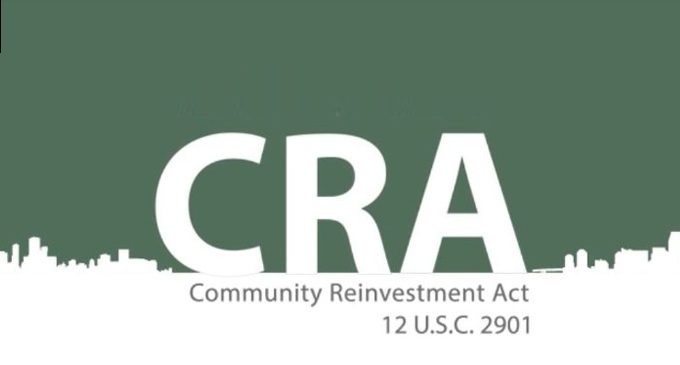Categories: Funding, New York State

12.21.2018
The Network’s comments focused on ensuring that the CRA will continue to be an incentive to banks to dedicate resources to supportive housing residences and nonprofit organizations.
.jpg) On November 19th, the Network submitted comments on the Community Reinvestment Act (CRA) regulations, in response to an Advanced Notice of Proposed Rulemaking (ANPR) issued by the Office of the Comptroller of the Currency (OCC), one of three federal entities that oversees the program. The CRA was passed in 1977 as a response to redlining, the discriminatory practice of denying investment and mortgage financing opportunities to communities of color. According to the statute, banks are required to meet the credit and deposit needs of the “communities in which they are chartered,” including low- and moderate-income (LMI) neighborhoods. Banks receive a rating based on qualitative and quantitative data in three areas: lending, services, and investment.
On November 19th, the Network submitted comments on the Community Reinvestment Act (CRA) regulations, in response to an Advanced Notice of Proposed Rulemaking (ANPR) issued by the Office of the Comptroller of the Currency (OCC), one of three federal entities that oversees the program. The CRA was passed in 1977 as a response to redlining, the discriminatory practice of denying investment and mortgage financing opportunities to communities of color. According to the statute, banks are required to meet the credit and deposit needs of the “communities in which they are chartered,” including low- and moderate-income (LMI) neighborhoods. Banks receive a rating based on qualitative and quantitative data in three areas: lending, services, and investment.
The Network’s comments focused on ensuring that the CRA will continue to be an incentive to banks to dedicate resources to supportive housing residences and nonprofit organizations as part of a larger community development strategy. The CRA has historically channeled investment to mission-driven nonprofits and their affordable and supportive housing projects through the Low Income Housing Tax Credit (LIHTC) program, as well as through loans and relationships with local nonprofits.
The Network’s comments focused on the following areas:
- Maintaining the three part exam structure – lending, services, and investments – as opposed to the proposed “one-ratio” approach that overly simplifies performance and may detract from critical LIHTC investment
- Maintaining a focus on affordable housing and community development
- Emphasizing loans, services, and investments that support organizations with a mission of community or economic development, and with proven track records
- Encouraging a local focus without drawing arbitrary boundaries of banks’ service, investment, and lending areas, ensuring proper attention is paid to New York’s dual housing and homelessness crises
Read the submitted comments here.
